Yucca plants are amazing and can grow in many gardens and homes. But have you ever thought about how big yucca plants get? Yucca plants come in various shapes and sizes, and their growth depends on different factors.
Some yuccas are small and cute, while others can become giants in your garden. We will see different types of yucca plant sizes. We’ll check what makes them grow big or stay small and how to take care of them so they grow in your space. So, if you’re curious about these green plants and want to know how to make your yucca plants grow.
Let’s check how big different types of yucca plants can get and how to help them reach their full potential.
What is the Yucca Plant?
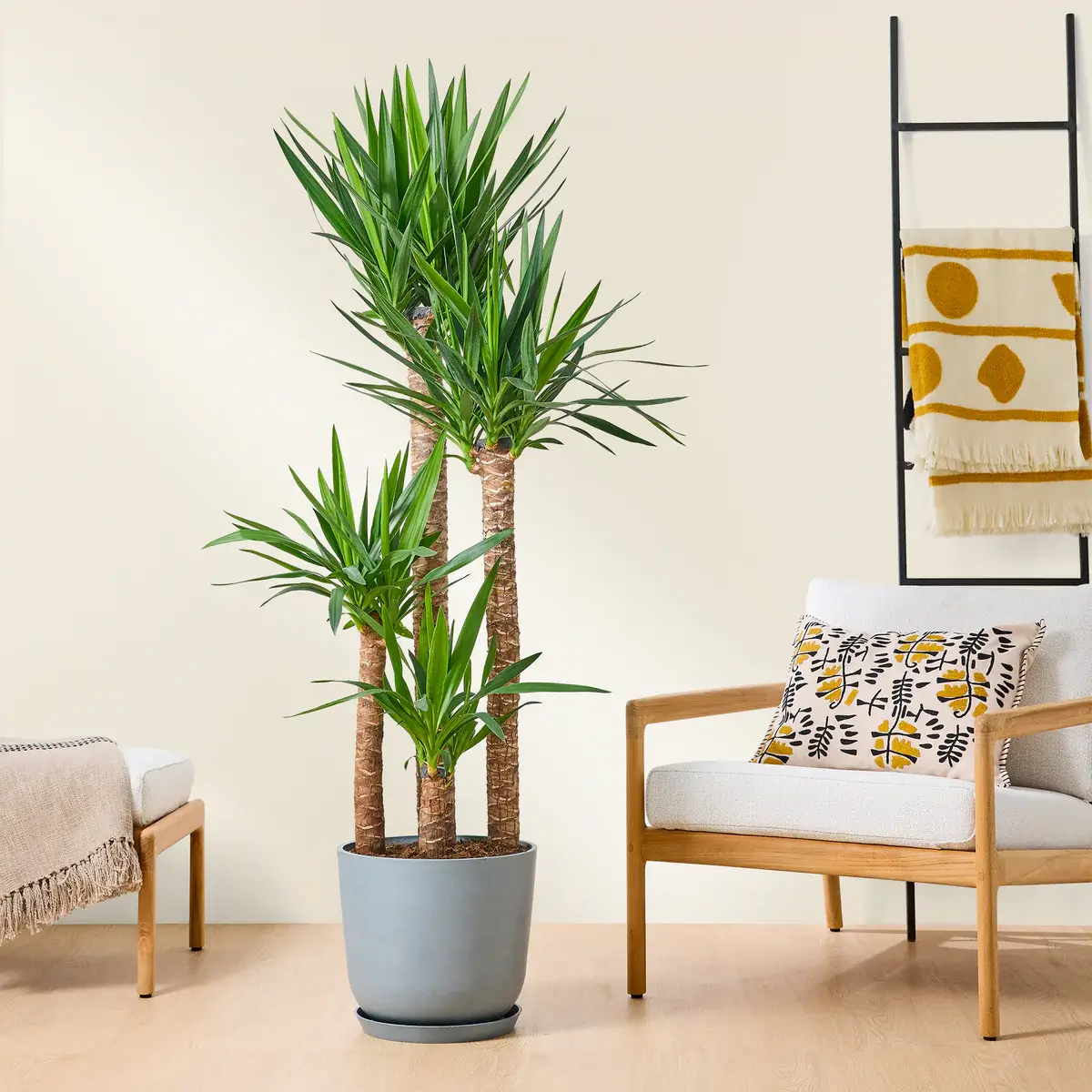
The Yucca plant, scientifically called Yucca spp., is a beautiful and easy-to-care-for plant you can add to your garden or landscape. It’s part of the Agavaceae family and originally comes from dry areas in North and Central America, especially in the southwest United States and Mexico. Yucca plants are famous for their unique rosette-shaped leaves and tall flower spikes. These tough, long-lasting plants can grow in different climates, so they’re a preferred choice for gardeners and landscapers worldwide.
How Big Different Types of Yucca Plants Get
1. Yucca Elephantipes
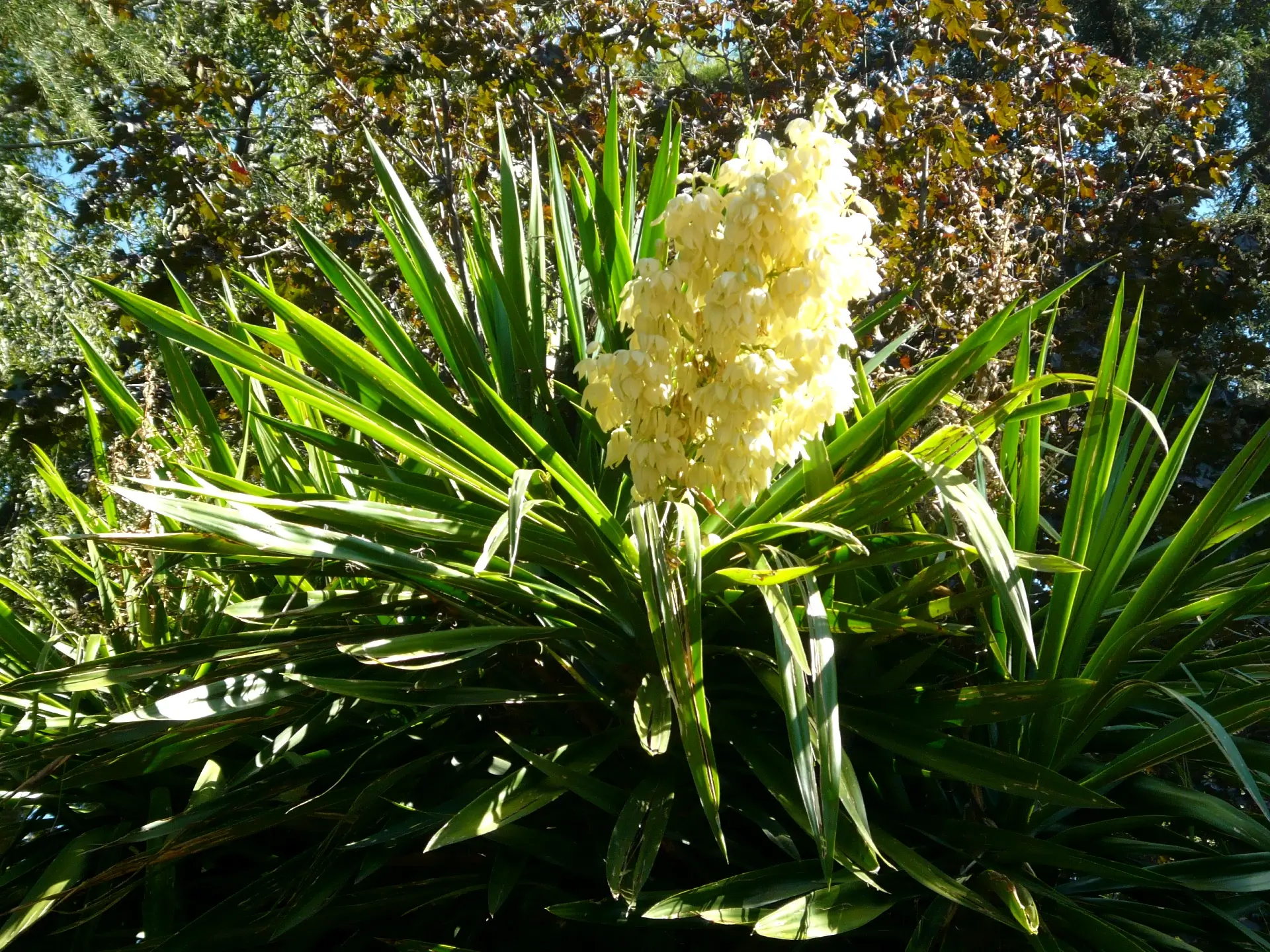
Yucca elephantipes, also called the Giant Yucca or Spineless Yucca, is a well-liked plant for both indoor and outdoor settings. In the wild, it can grow really tall, up to 30 to 40 feet. But when people grow it indoors, it usually stays much smaller, around 6 to 8 feet. This type of yucca has attractive, long, sword-shaped leaves that form a circular pattern, and it can make any garden or room look more tropical and stylish.
2. Yucca × Schottii
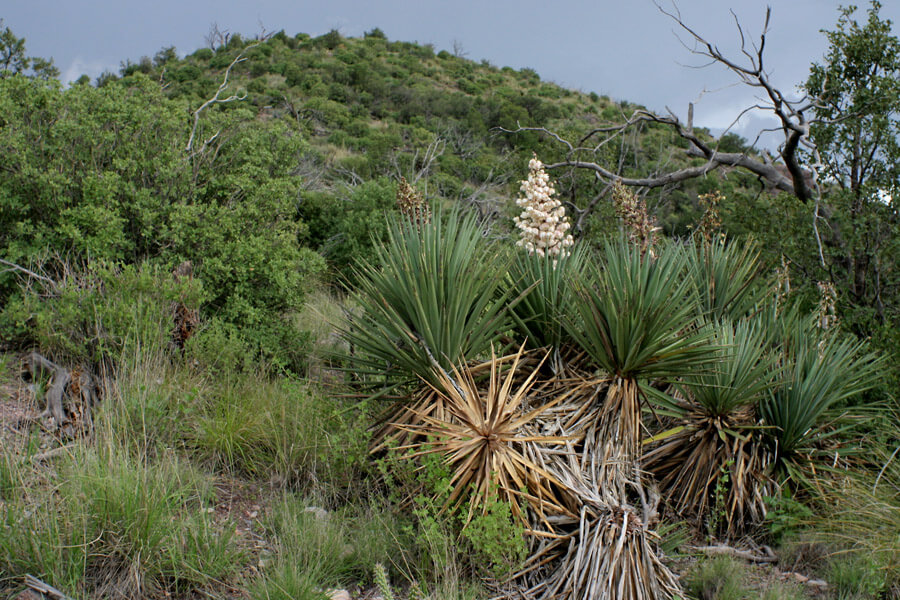
Yucca × schottii, often called Schott’s Yucca or Mountain Yucca, is a smaller yucca species than some of its relatives. It usually grows to a height of about 3 to 5 feet. Its compact size makes it a great choice for gardens with limited space. Yucca × schottii features narrow, green leaves and produces beautiful creamy-white flowers on tall points during its flowering season. These trees look different and attractive in your gardens.
3. Yucca Elata

Yucca elata, commonly known as Soaptree Yucca, is a desert-dwelling yucca species found in the southwestern United States and Mexico. It typically reaches a height of 10 to 20 feet with a similar spread. Its tall, slender trunk supports a cluster of long, blue-green leaves. This yucca species is known for its adaptability to arid environments and can grow in hot, dry conditions.
4. Yucca Brevifolia
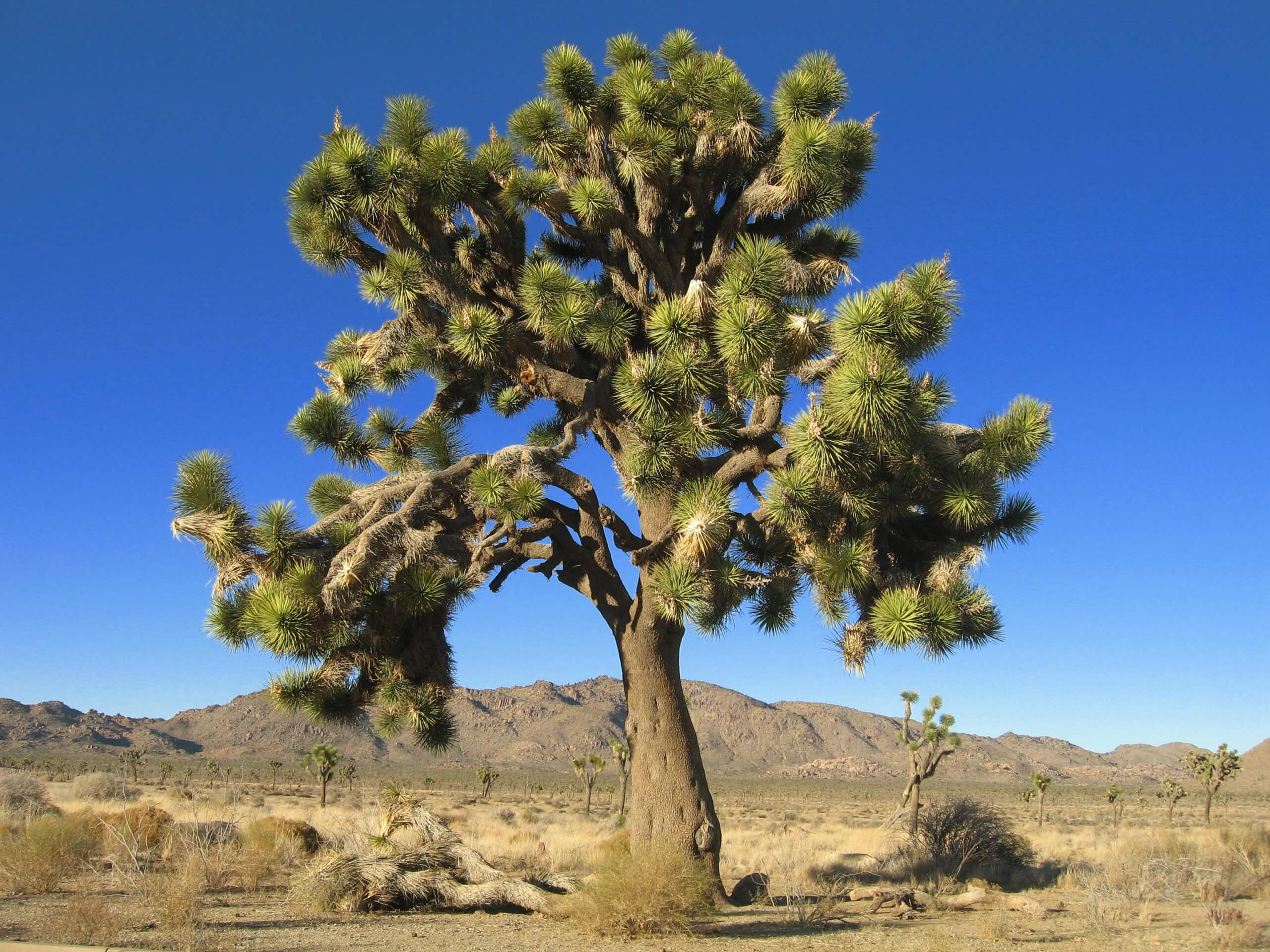
The Yucca brevifolia is a famous type of yucca that lives in the deserts of the southwestern United States, mainly in the Mojave Desert. These attractive trees can get pretty tall, with some growing as high as 40 feet. They have a special look with branches that look like they’re stretching out, such as arms, making them a symbol of the American Southwest. These types of yucca look delightful in your home.
5. Yucca Aloifolia
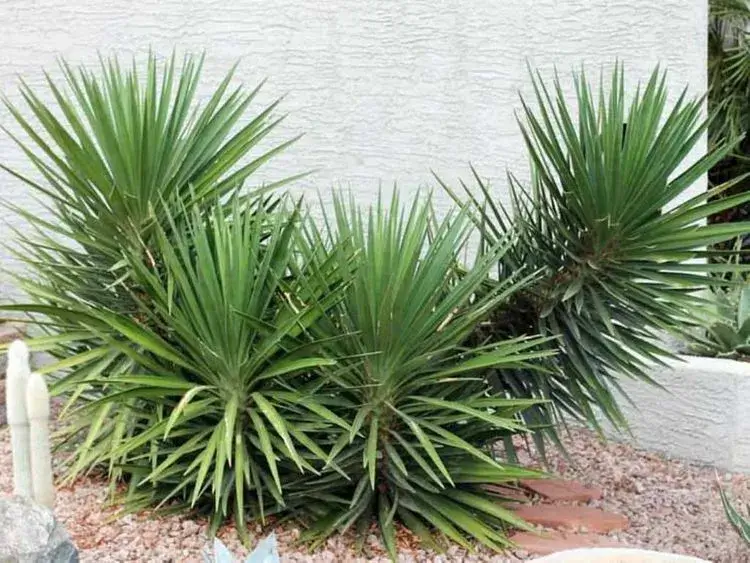
Yucca aloifolia, also called Spanish Bayonet or Dagger Plant, is a medium-sized type of yucca. It usually reaches about 10 to 15 feet in height and spreads out to about 4 to 6 feet wide. This yucca stands out with its pointy, sword-shaped leaves that are a blue-green color. During the summer, it shoots up tall stalks of creamy-white flowers, making it look quite pretty without being affected by its spiky appearance.
Detailed Overview of Yucca

1. Zones
Yucca plants are very adaptable and can grow in many different places. They can survive in regions with temperatures ranging from cold winters to hot summers, so they’re popular in gardens all over North America. These hardy plants can grow in USDA Plant Hardiness Zones 4 to 11, covering various climates.
2. Height/Spread
Yucca plants come in different sizes depending on the type. Some, like the Yucca filamentosa, also known as Adam’s Needle, stay small, only growing to be about 2 to 3 feet tall and spreading 2 to 4 feet wide. On the other hand, larger Yucca species like the Yucca rostrata can get really big, reaching heights of up to 15 feet or even more, with a spread of 8 to 10 feet.
3. Exposure
Yucca plants are tough and can handle different types of weather. But they do their best when they get lots of sunlight. Around 6 hours a day is great for them. If they don’t get enough sun, they might not grow as quickly and might not have as many flowers. So, if you want your Yucca to do really well, put it in a sunny spot in your garden or yard.
Conclusion
Yucca plants can grow to different sizes depending on their type and the growing conditions—some yucca varieties, such as the Yucca Brevifolia. Stay relatively tall, reaching about 40 feet in height. These big yuccas are often seen in parks and large outdoor spaces.
To help your yucca plants reach their full potential. It’s important to provide them with the right care, including well-draining soil, adequate sunlight, and proper watering. You need to know that some yucca species may take many years to reach their maximum size.
So be patient if you aim for a big and impressive yucca in your garden.
Be sure to check out these other posts for more fascinating insights

